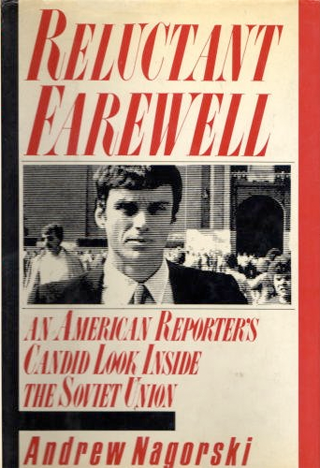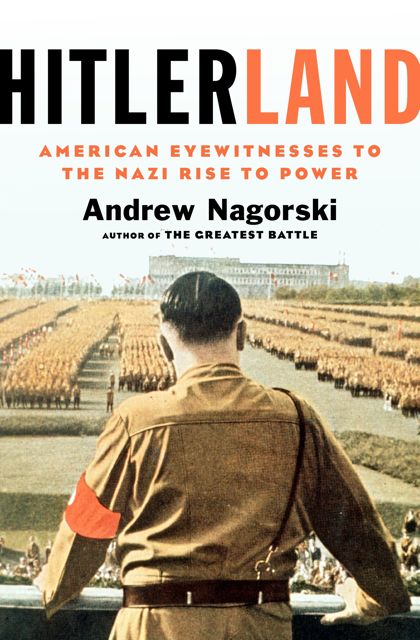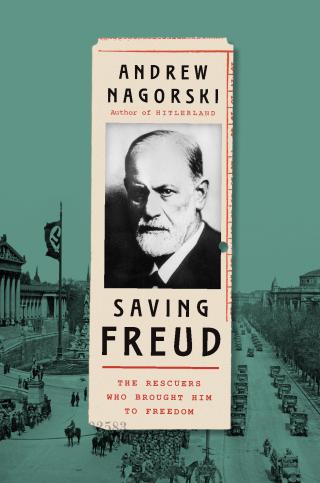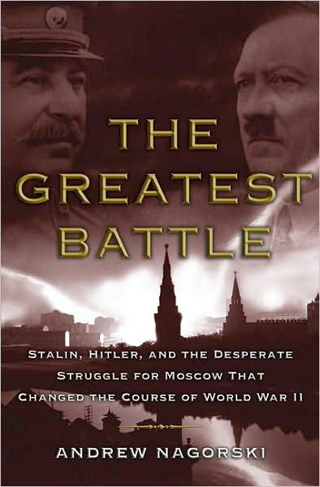Far from being a dry historical account, Saving Freud is a compelling, page-turning narrative of the urgent operation to rescue Sigmund Freud from the Nazis.
“Finis Austriae” was the only entry in Sigmund Freud's journal on the day the Nazi army flooded over the Austrian border. In Saving Freud: The Rescuers Who Brought Him to Freedom, former Newsweek foreign correspondent Andrew Nagorski maps the Nazi takeover of Austria and the urgent operation to rescue Freud, one of Austria's most famous and most devoted Jewish sons, along with fifteen other people, including his personal doctor, in-laws and other family members.
Nagorski is masterful at juxtaposing the evolution of the global emergency that became World War II with the deep interiority of a man whose passionate life work concerned people's half-hidden thoughts. The father of psychoanalysis downplayed the threat the Nazis posed, clinging to his optimism that humans would turn back to the light and all would be made right, until it was almost calamitously too late. Saving Freud is the sort of book that, though you know the outcome of the events, still makes you hope with Freud that something might take a turn for the better. Nagorski has a gift for revealing that everything—worldwide emergencies, far-away news, political decisions—is, in the end, about people. This is wonderfully appropriate for a book about Freud, who laid the groundwork for interrogating and understanding the inner self.
It is dizzying to think of everything that had to be achieved to move a large, wealthy and well-known Jewish family out of Nazi territory and into the relative safety of the broader world, which was still often unwelcoming to both Jews and immigrants. Yet Saving Freud tells the story of a group of people—including Freud's daughter Anna and her lover, Dorothy Tiffany Burlingham (heiress to the Tiffany & Co. fortune); the U.S. ambassador to France, William Bullitt; and Marie Bonaparte, princess of Greece and great-grandniece to Napoleon—who did just that. Motivated by love and towering respect for a man and his work, the unlikely team cooperated seamlessly to achieve the near impossible. It is a tale of good-heartedness, of human devotion and of people who unhesitatingly rushed in to do the right thing. In this way, it feels like a relief to read. Far from being a dry historical account, the book's emphasis on the personal creates a compelling, page-turning narrative that is wholly engrossing and difficult to put down. Nagorski has written a book for our time, reminding us of the potential for good and adherence to higher ideals in moments of global emergency.








